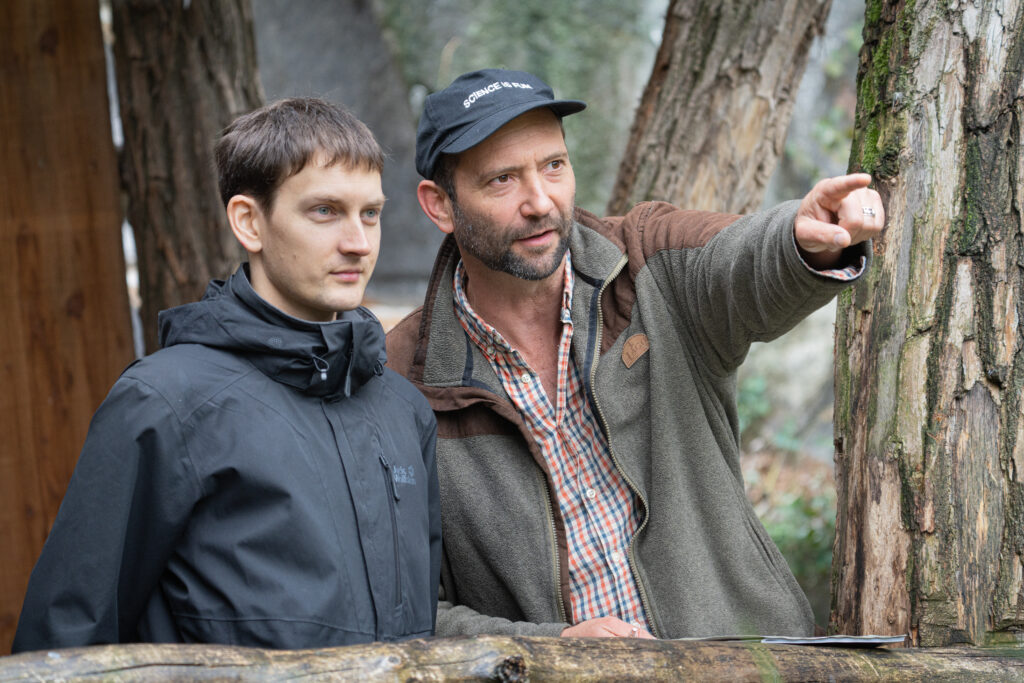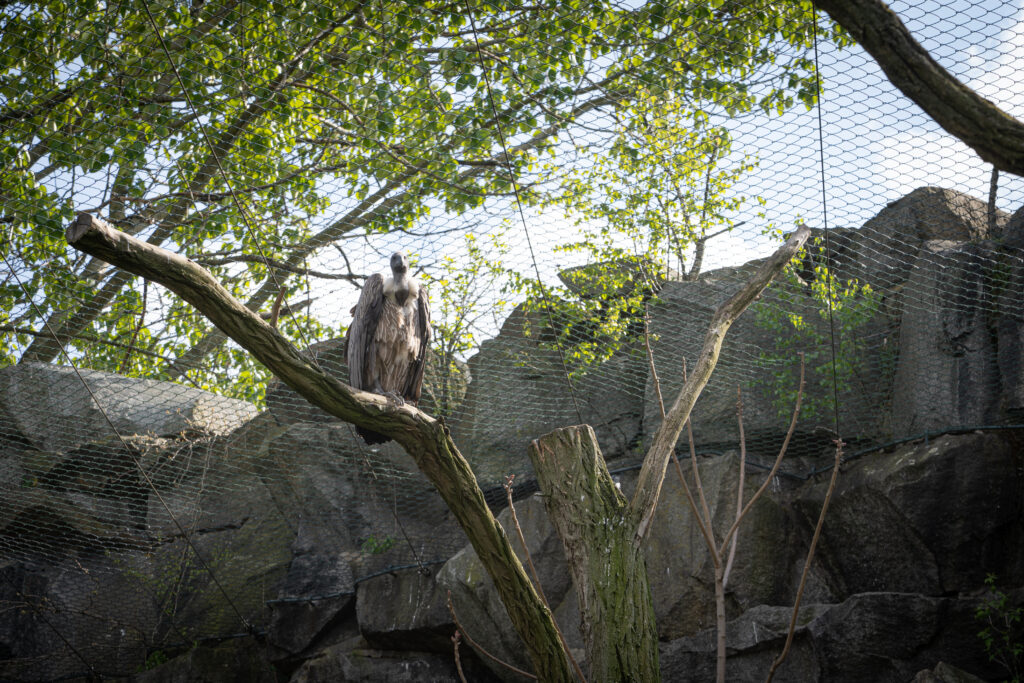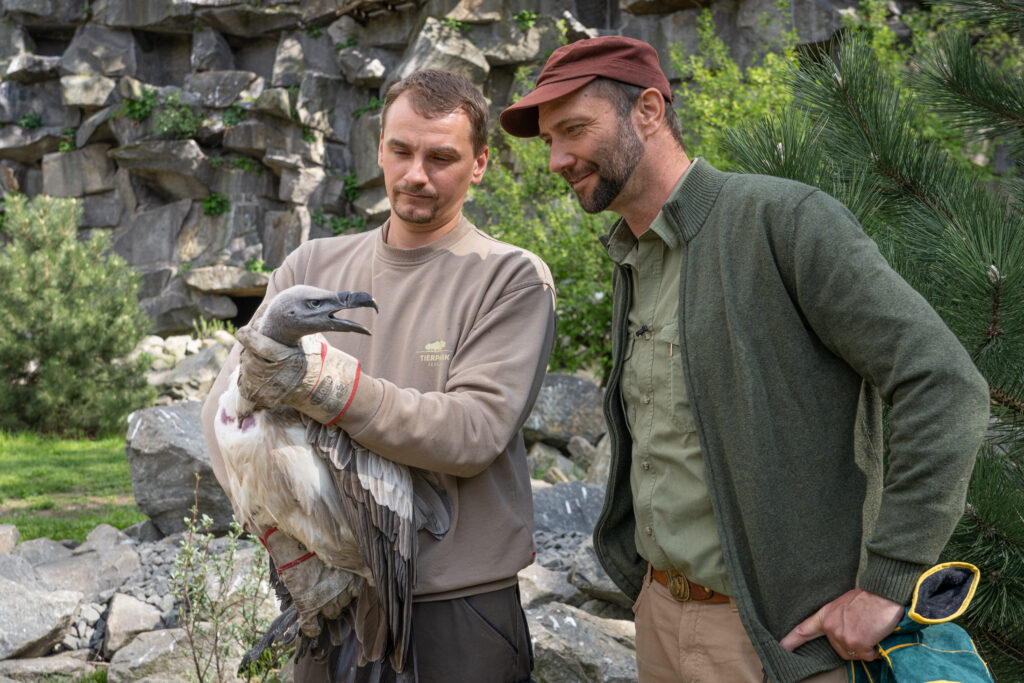For ecological research as well as for GAIA use cases, it is necessary to reliably and accurately recognise the behaviour of different animal species over a long period of time in remote wilderness regions. To do this, we are developing and training an artificial intelligence (AI) that can perform behavioural classification from GPS and acceleration data and tell us exactly what, for example, white-backed vultures fitted with animal transmitters are doing at any given time and place. This AI will eventually run directly on the GAIA animal tags and generate behavioural information from sensor data.




Sensors built into animal tags can collect a range of data, including so-called acceleration data through ACC sensors. These sensors record movements of the animal tag and thus of the animal in the three dimensions and allow precise conclusions to be drawn about the movements of the animal and its behaviour, adding to the position data of the GPS sensor. Different behaviours create differentiable patterns in the acceleration data; for example, the ACC data from feeding vultures differs significantly from the ACC data from resting animals. However, identifying these patterns in the ACC data and assigning them to classes of behaviours is complicated. Therefore, AI is used for this task.
Behavioural classification of ACC data has already been developed for many different animal species. However, AI models differ greatly from species to species and therefore need to be developed for each target species, in our case for example the white-backed vulture (Gyps africanus). Such an AI is being developed under the leadership of wildlife biologist and AI specialist Wanja Rast from Leibniz-IZW: For this purpose, Rast and colleagues attached commercially available animal transmitters to two white-backed vultures in the vulture aviary at Tierpark Berlin, which record ACC data in addition to GPS data. At the same time, they collected footage of the vultures’ typical behaviour with a video camera. The combination of ACC data and video recordings enabled the training of the AI. In the videos, it is possible to identify exactly to the second when the bird shows which typical behaviour. These moments can thus be recognised as patterns in the ACC data and form the important training data for the artificial intelligence. This information is brought together with the GPS data and thus provides precise information about when and where a white-backed vulture feeds on a carcass, for example.
Special configurations of the AI will also be able to give clues as to the approximate size of the carcass and what species it might be. It will also be feasible to monitor the behaviour oy many vultures at the same time. Since vultures move very fast and cover large areas, it is hardly possible to obtain this information using classical methods. However, GAIA’s behavioural AI makes it possible, for example, to diagnose clusters of carcasses even in remote regions and thus, for example, to detect local animal disease outbreaks early and reliably. The alliance of intelligent animals with enormous sensory capabilities, continuous data collection by the animal tags and AI running on the tags will allow a new quality of this ecosystem monitoring and also provide valuable information for research on social foraging and on communication and interaction between predators and scavengers.


